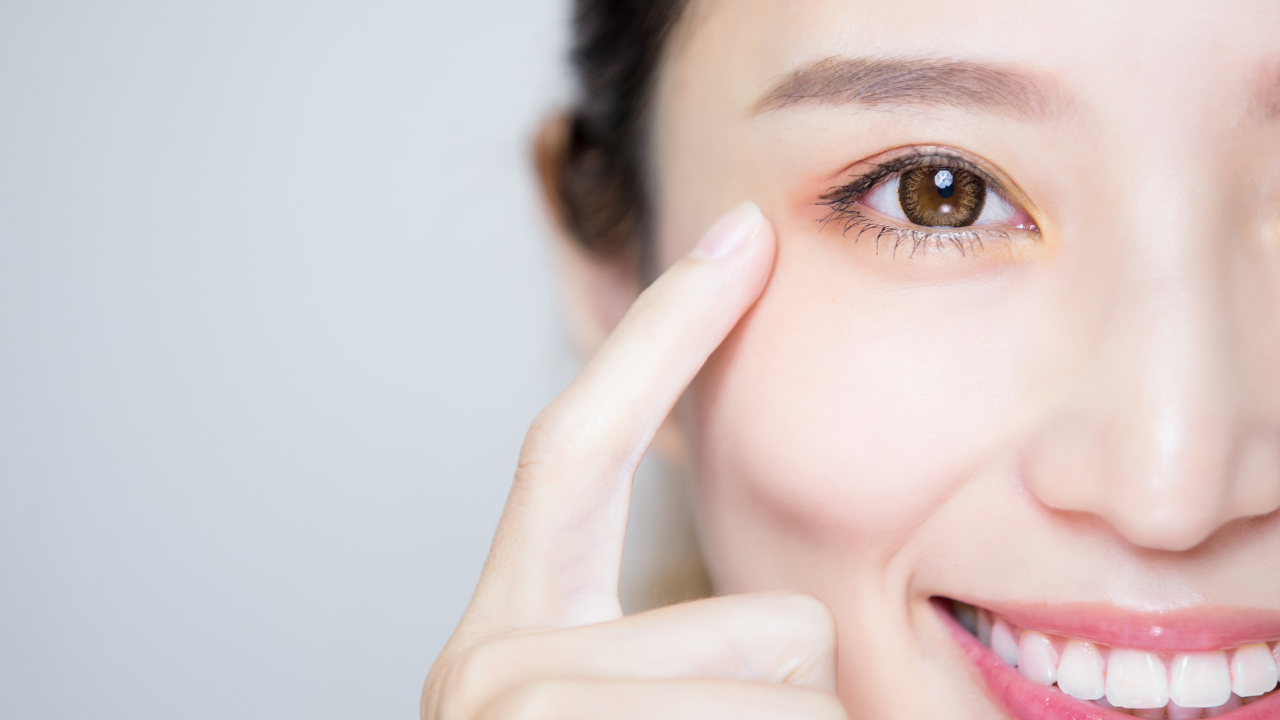
Have you ever experienced an itch in your eye that’s more than just a speck of dust? You’re not alone! Thousands of Australians deal with eye allergies each year. Eye allergies, or allergic conjunctivitis, are often overlooked or mistaken for other eye conditions. They can cause discomfort, disrupt your day, and, if not treated properly, affect your vision. One condition that could be mistaken for an allergy is pterygium, a growth in the eye often associated with sun exposure. This article will delve into the truth about eye allergies and discuss how to protect your vision effectively.
What Are Eye Allergies?
An eye allergy, much like other allergic reactions, happens when your immune system overreacts to an otherwise harmless substance known as an allergen. These allergens cause your immune system to release chemicals, leading to an allergic reaction. The most common symptoms include itching, redness, burning, clear watery discharge, and discomfort. The two types of allergic conjunctivitis are seasonal (caused by allergens like pollen and mould spores) and perennial (caused by dust mites, pet dander, and other indoor allergens).
How Do Eye Allergies Impact Vision?
While the symptoms of eye allergies are often more annoying than dangerous, they can impact your day-to-day activities, including your vision. Excessive itching and rubbing can lead to inflammation and swelling, which may temporarily blur vision. In extreme cases, long-term untreated eye allergies can result in corneal damage due to constant irritation and rubbing.
The Difference Between Eye Allergies and Pterygium
It’s important to note that not all eye discomfort is due to allergies. Pterygium, a non-cancerous growth that develops on the white of the eye, often presents symptoms similar to eye allergies, such as redness, irritation, and a feeling of having something in your eye. However, unlike an allergy, pterygium is often linked to prolonged exposure to sunlight and dry, dusty conditions. Proper diagnosis by an eye care professional is crucial to ensure appropriate treatment.
How to Protect Your Vision from Eye Allergies
Protection and early intervention are key when it comes to maintaining eye health. Here are some strategies to help you combat eye allergies and protect your vision:
- Know your triggers: Like other allergies, the first step in dealing with eye allergies is identifying what triggers your symptoms. Pollen, dust, pet dander, or certain chemicals can all be culprits. Once identified, try to avoid these triggers whenever possible.
- Practice good eye hygiene: Avoid rubbing your eyes as it can worsen the allergic reaction. Regularly clean your hands and avoid sharing eye cosmetics or eye care products.
- Use over-the-counter treatments: Artificial tears, decongestant eye drops, and antihistamine eye drops can help alleviate symptoms. Always consult with a healthcare professional before starting any treatment.
- Consider prescription treatments: If over-the-counter options aren’t providing relief, your optometrist may suggest prescription treatments like corticosteroid eye drops.
- Wear sunglasses: This can protect your eyes from allergens and against harmful UV rays, which can contribute to conditions like pterygium.
Conclusion
Eye allergies are a common issue faced by many Australians. While often a nuisance, understanding the truth about these allergies is vital in ensuring they don’t negatively impact your vision or overall eye health. Whether you’re dealing with seasonal flare-ups or year-round irritation, knowing your triggers, maintaining good eye hygiene, and seeking professional help are key to safeguarding your vision.
While eye allergies and conditions like pterygium can present similar symptoms, they require different approaches for prevention and treatment. Always seek professional advice for accurate diagnosis and treatment options. Remember, eye health is a crucial part of our overall well-being, so taking the necessary steps to protect your vision is an investment in your future.
See some more health-related posts here
